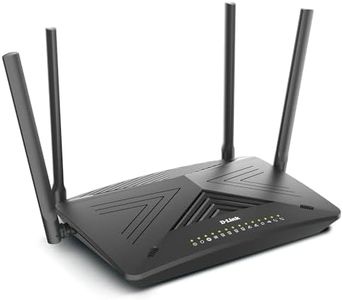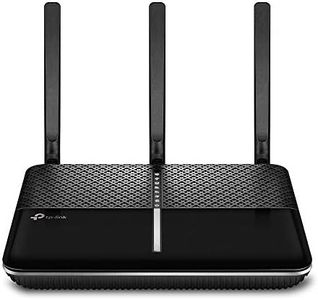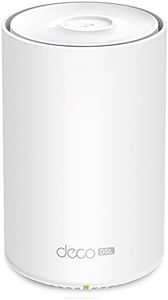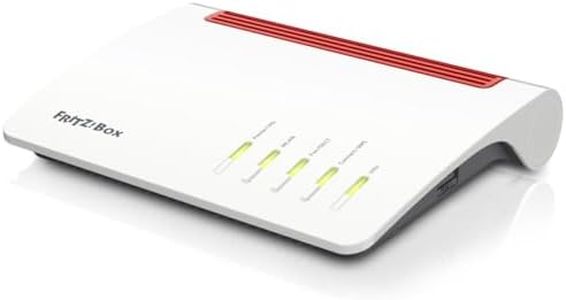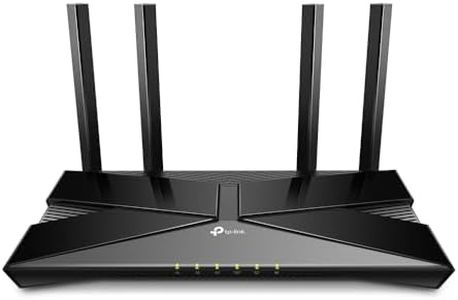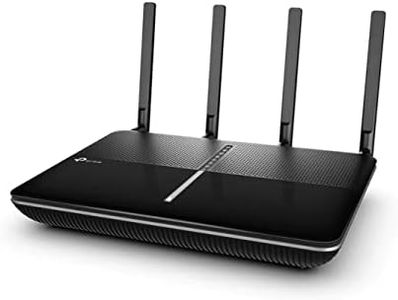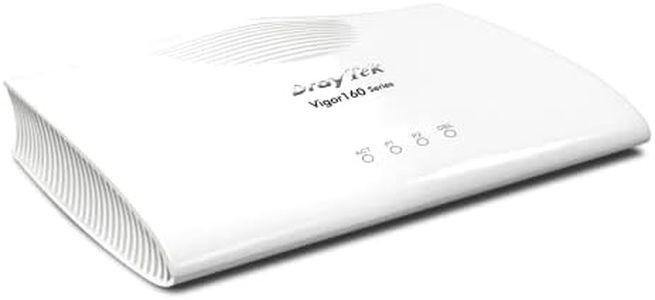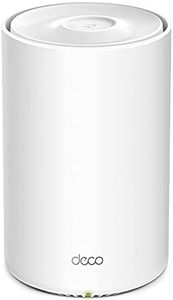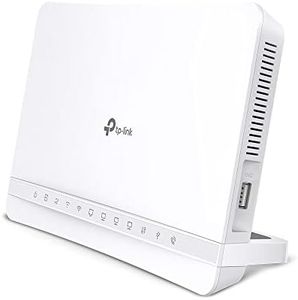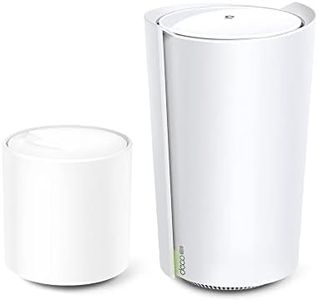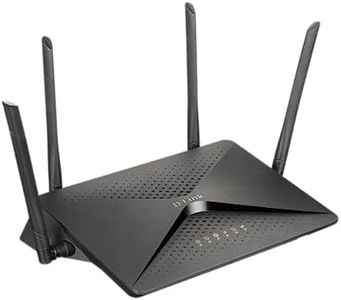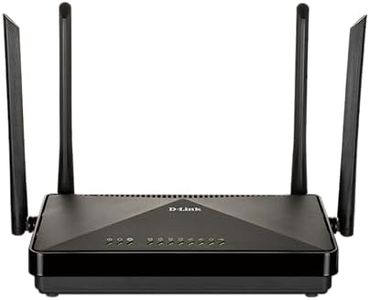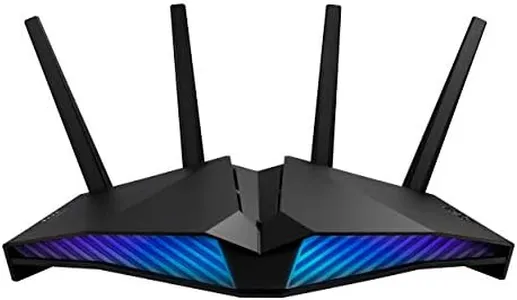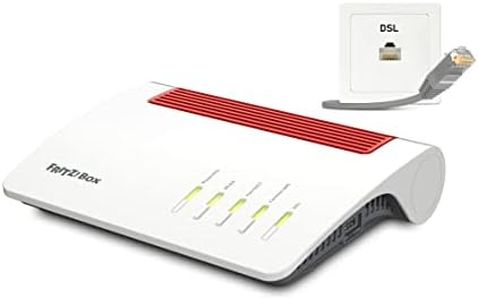We Use CookiesWe use cookies to enhance the security, performance,
functionality and for analytical and promotional activities. By continuing to browse this site you
are agreeing to our privacy policy
10 Best Vdsl Modems
From leading brands and best sellers available on the web.Buying Guide for the Best Vdsl Modems
When shopping for a VDSL modem, it's important to focus on features and specifications that will ensure a stable, reliable, and fast internet connection for your home or office. VDSL modems connect you to your broadband internet via your phone line and are specifically designed for higher-speed internet over shorter distances as compared to traditional ADSL connections. The right choice depends on your internet plan, household usage, and any additional features you may want, like Wi-Fi capability or extra ports for wired devices.VDSL Standard SupportThis specification refers to which VDSL standards the modem supports, such as VDSL, VDSL2, or even backward compatibility with ADSL. Higher standard versions like VDSL2 can provide faster internet speeds and more stable connections, especially over shorter phone lines. If your internet provider supports the latest standard, choosing a modem that matches ensures you get the best possible speed. Check with your internet provider or service plan to determine which standard you need support for and make sure the modem is compatible.
Wi-Fi CapabilitySome VDSL modems come as standalone units, while others include built-in Wi-Fi routers. Wi-Fi capability determines whether your modem can deliver wireless internet throughout your home. If you need wireless internet for phones, laptops, and other devices, choose a model with strong Wi-Fi support—often indicated by Wi-Fi 5 (802.11ac) or Wi-Fi 6 (802.11ax) standards. Consider the size and layout of your home: a larger home with many walls will benefit from a modem-router with better Wi-Fi range and speed.
Ethernet PortsEthernet ports on the modem let you connect devices directly using network cables, offering stable and fast connections for desktops, gaming consoles, or smart TVs. Different modems offer varying numbers of Ethernet ports, usually from one to four. If you have several devices that need a stable connection or if you work from home and require reliable internet, look for a modem with enough Ethernet ports to meet your needs.
Annex Support (A/B/M)Annex type refers to the kind of phone line the modem can operate with, such as Annex A (used mainly in many countries) or Annex B (common in areas using ISDN). This is important because incompatibility could mean your modem won’t connect at all. Check with your service provider which annex is required and ensure your chosen modem supports it.
Bridge and Router ModeSome VDSL modems can operate in either bridge mode or router mode. In bridge mode, the modem handles only the connection and passes it to another device (like a separate router), while in router mode, it also manages device connections and local network traffic. If you have your own router or more advanced networking needs, look for a modem that supports bridge mode. For simple setups, a device with router capabilities is usually easier.
Firmware Updates and Security FeaturesA modem's ability to receive firmware updates and its built-in security features, such as firewalls and parental controls, help keep your network safe and stable. Regular updates from the manufacturer protect against new security threats and may improve performance. For peace of mind, choose a modem from a brand that offers good support and regular updates, and consider built-in security features if you want to control who accesses your internet.
